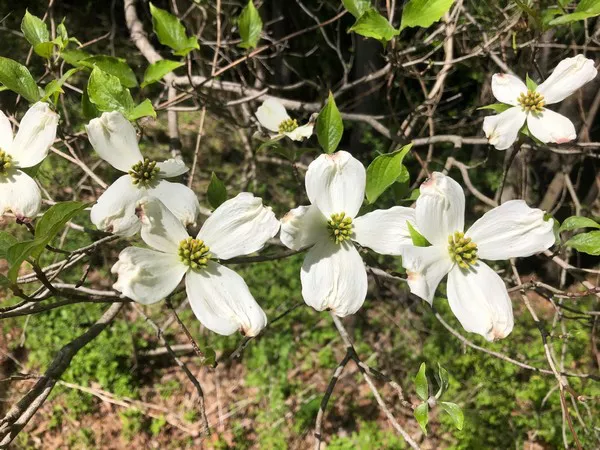Pests. The term conjures images of unwanted intruders, causing harm and disruption in various aspects of our lives. While the word itself is commonly used, it’s essential to delve deeper into its meaning and significance.
Defining Pests
Pests are organisms, typically insects, animals, or plants, that have a detrimental impact on human activities, agriculture, ecosystems, and health. These organisms interfere with the balance of nature, causing harm or damage in various ways. Pests can range from tiny insects that infest crops to larger animals that invade homes and structures.
The Impact of Pests on Agriculture
Agriculture is one of the primary domains where pests can wreak havoc. They pose a significant threat to crops and can result in substantial economic losses. Here are some common ways in which pests affect agriculture:
Crop Damage: Insects like aphids, caterpillars, and beetles can devastate crops by feeding on leaves, stems, and fruits. This damage reduces crop yields and quality.
Transmission of Diseases: Some pests, like certain types of flies and aphids, can transmit diseases to plants. These diseases can spread rapidly and decimate entire crops.
Soil Degradation: Burrowing pests, such as nematodes, can damage plant roots and disrupt the soil structure, making it less fertile and suitable for crop growth.
Storage and Post-Harvest Losses: Pests can infest stored grains and food products, leading to spoilage and financial losses for farmers and food producers.
Weed Competition: Weeds, considered pests in agriculture, compete with crops for resources like water, nutrients, and sunlight. They can reduce crop yields and quality.
Pests in Ecosystems
Pests not only affect agriculture but also play a significant role in natural ecosystems. In some cases, they can disrupt the delicate balance of these ecosystems:
Predator-Prey Dynamics: Pests can affect populations of native species by disrupting predator-prey relationships. For example, an invasive pest species can outcompete native species for resources, leading to declines in native populations.
Habitat Destruction: Invasive pests can alter ecosystems by destroying habitats or modifying the physical environment. This can lead to changes in the composition of plant and animal communities.
Disease Transmission: Some pests, such as ticks and mosquitoes, are vectors for diseases that affect wildlife. These diseases can impact the health and survival of animals within ecosystems.
Competitive Exclusion: Invasive plant species can outcompete native vegetation, leading to reduced biodiversity and altering the structure of ecosystems.
Pests and Human Health
Pests can have direct and indirect effects on human health. Here are some ways in which pests can impact human well-being:
Vector-Borne Diseases: Certain pests, like mosquitoes and ticks, serve as vectors for diseases such as malaria, dengue fever, Lyme disease, and Zika virus. These diseases can have severe health consequences for humans.
Allergies and Respiratory Problems: Pests like dust mites and cockroaches can trigger allergies and respiratory problems in susceptible individuals, leading to health issues such as asthma.
Food Contamination: Pests that infest stored food products can contaminate them with pathogens, leading to foodborne illnesses in humans.
Invasion of Living Spaces: Pests that invade homes and structures, such as rodents and termites, can cause property damage and pose health risks.
Pest Management and Control
Given the significant negative impacts of pests, effective management and control measures are essential. Here are some common strategies used to manage pests:
Chemical Control: Pesticides are chemicals designed to kill or control pests. They are commonly used in agriculture to protect crops. However, their use must be carefully regulated to minimize environmental and health risks.
Biological Control: This approach involves using natural predators, parasites, or pathogens to control pest populations. For example, introducing ladybugs to control aphids or using nematodes to target soil-dwelling pests.
Cultural Control: Cultural practices such as crop rotation, proper irrigation, and maintaining healthy soil can reduce the susceptibility of crops to pest infestations.
Mechanical Control: Physical methods, such as traps, barriers, and hand-picking, can be used to manage pests in gardens, homes, and agricultural settings.
Genetic Control: In some cases, genetic techniques are used to control pests. For example, genetically modified crops can be engineered to resist pest damage.
Integrated Pest Management (IPM): IPM is a holistic approach that combines various pest control methods to minimize the use of pesticides while effectively managing pest populations.
Environmental Considerations
While pest control is essential, it’s crucial to consider the environmental impact of pest management practices. Indiscriminate use of pesticides, for instance, can harm non-target organisms and pollute waterways. Sustainable and environmentally friendly pest management strategies are increasingly being adopted to minimize these adverse effects.
Conclusion
Understanding what pests are and their impact on agriculture, ecosystems, and human health is crucial for effective pest management. Pests are not merely nuisances; they can have far-reaching consequences that extend beyond the immediate damage they cause. To address the challenges posed by pests, it’s essential to employ a combination of strategies, from chemical control to biological control and sustainable farming practices. Striking a balance between pest management and environmental conservation is key to ensuring a harmonious coexistence with the diverse world of pests.


